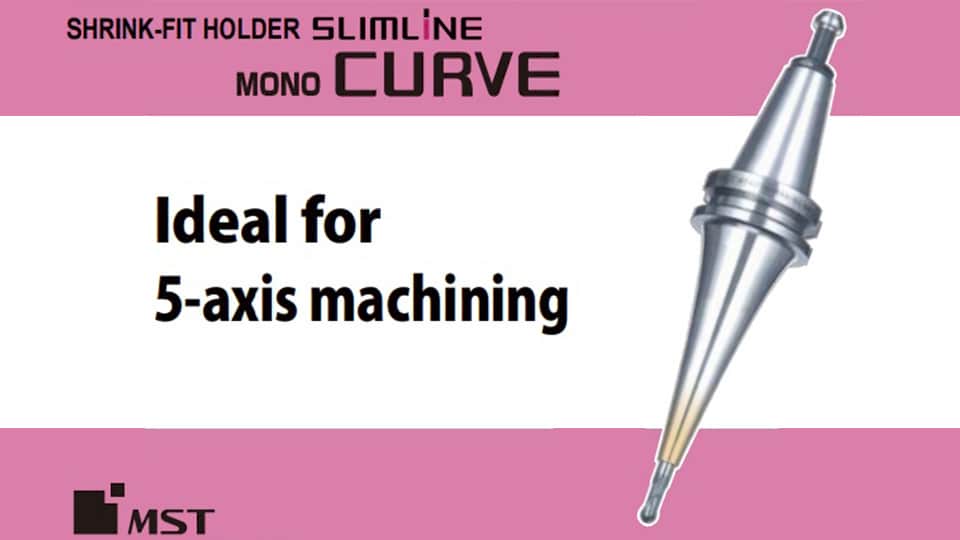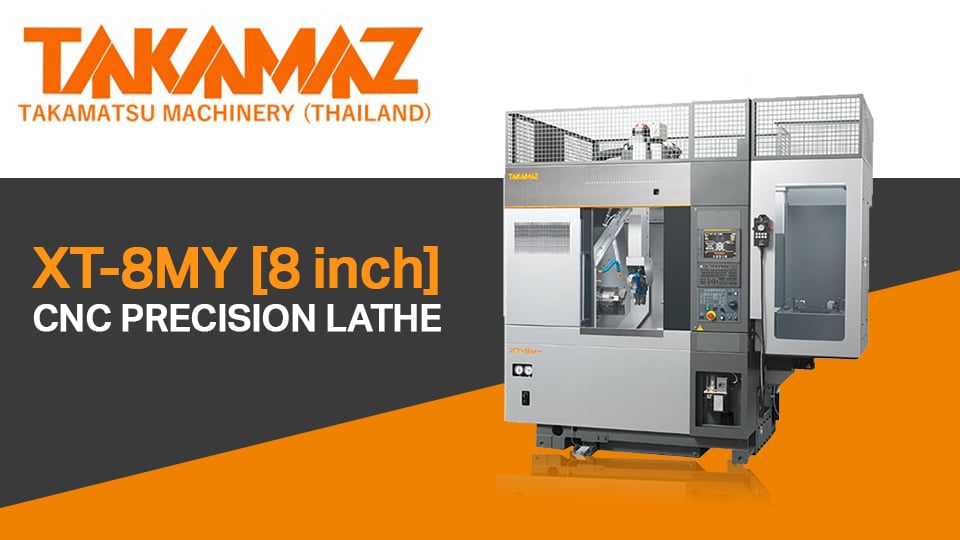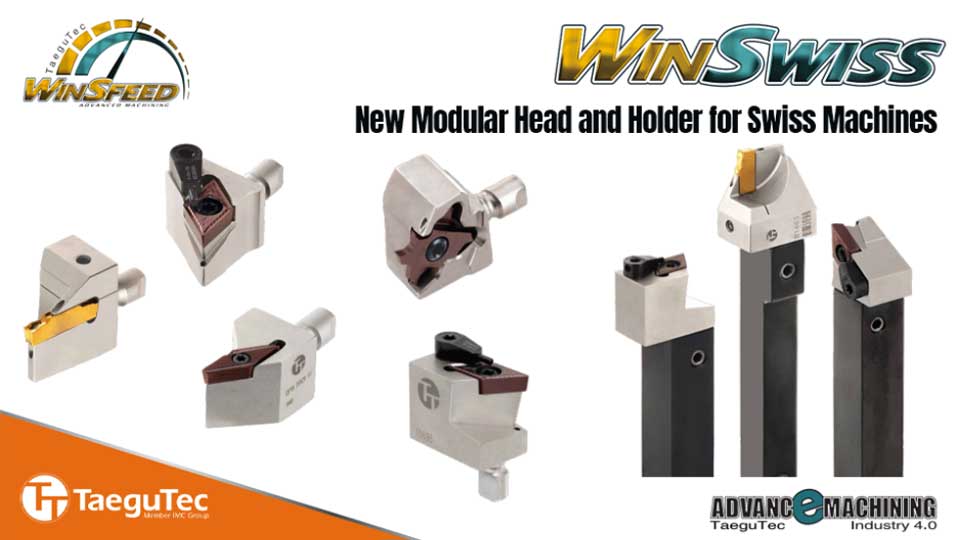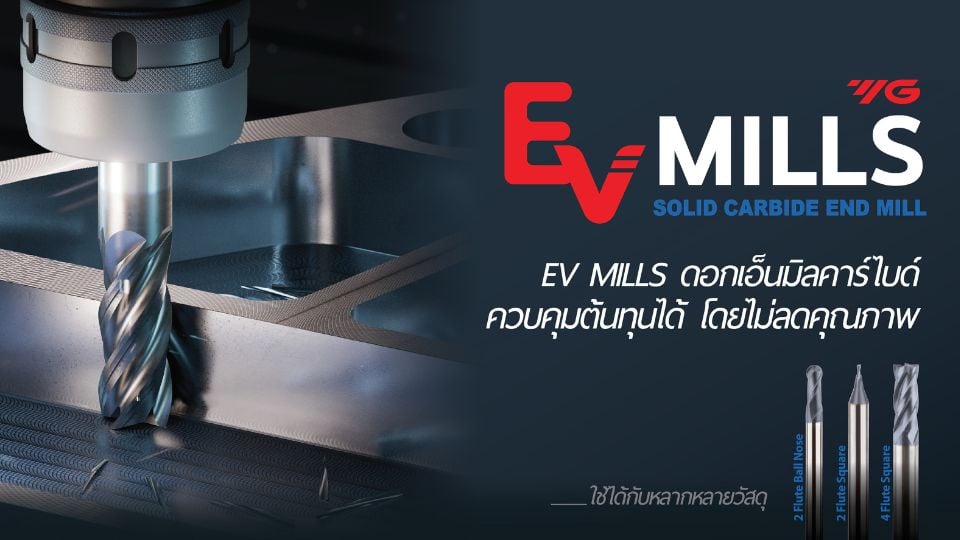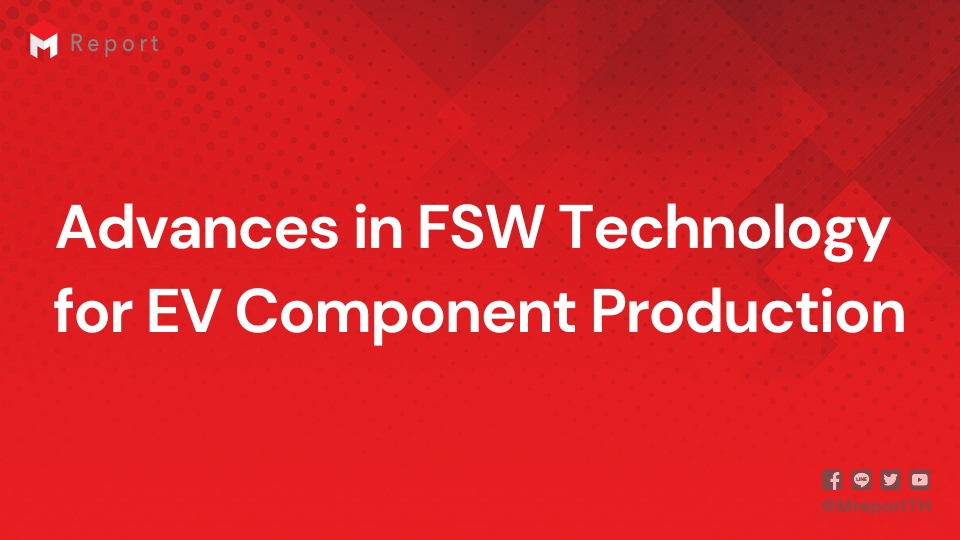
Advances in FSW Technology for EV Component Production
Friction Stir Welding (FSW) technology has achieved significant strides in producing EV parts and components like battery systems, cooling systems, and chassis. Yet, for small and thin metal sheets, there's still room for FSW to progress towards the future.
Japan, 8 September 2023 - Professor Hidetoshi Fujii and Specially Appointed Researcher Muneaki Mukuta from Osaka University’s Welding Science Institute have pioneered a technology for friction stir welding (FSW) of copper and aluminium plates, each only 0.5 mm thick and 3 mm in diameter.
This milestone was reached by employing a newly designed pin-shaped probe with a fine tip, coupled with a high-speed rotating friction stir welding device. This advancement is poised to find applications in electric vehicle (EV) battery electrodes, which necessitate the seamless integration of multiple thin and delicate materials.
Until now, the joining of dissimilar materials with a thickness of 1 mm or less remained largely experimental. However, the direct bonding of these fragile and easily deformable thin plates presented a challenge. Due to their differing physical properties, especially in terms of thermal effects, copper and aluminium were prone to forming a rigid and brittle layer during bonding. Consequently, local bonding hadn't yet attained practical feasibility.
There was a hope to establish an FSW-based method for low-temperature bonding, but as tools became smaller, the requisite frictional heat for welding diminished. The research team mitigated this drop in frictional heat through the integration of a high-speed friction stir welding device capable of up to 20,000 revolutions per minute. Given the distinct properties of copper and aluminium, precise tool positioning conditions were established, effectively averting the generation of undesirable chips.
To further validate durability, stress was deliberately applied to plates bonded using this technology. Remarkably, it was the base material broke, not the bond itself. This attested to the strength of the joint.
To further demonstrate durability, when stress was applied to thin plates bonded using this technology, the base material broke, not the bond. It was confirmed that good results were obtained as a joint.
#FSW #FrictionStirWelding #welding #EVparts #ElectricVehielces #Mreport #ข่าวอุตสาหกรรม
Source: Nikkan Kogyo Shimbun


